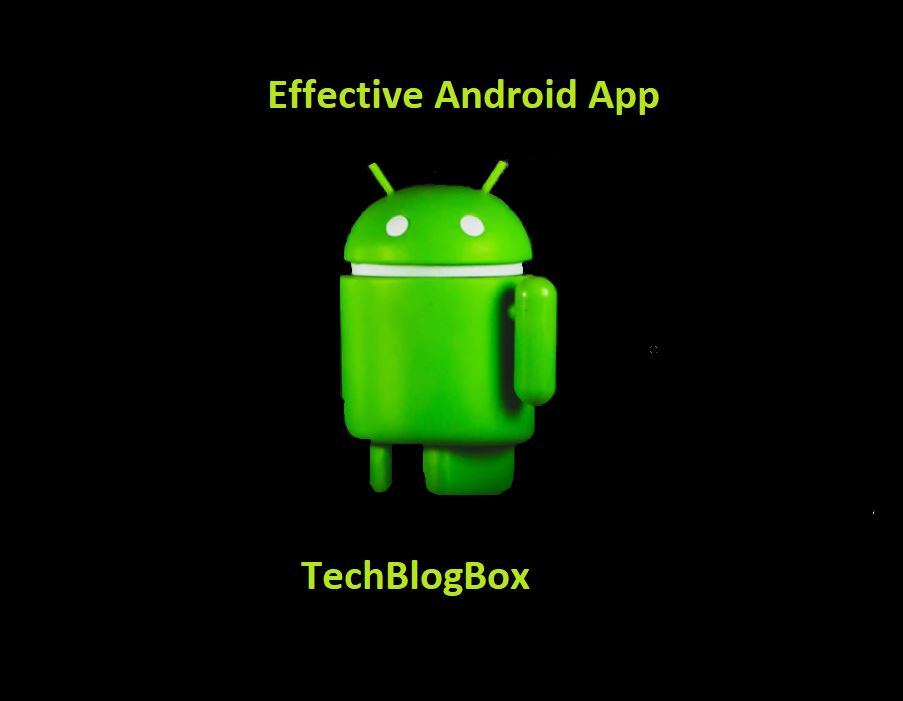If you have an idea for an Android app but have no idea where to start?

Android App
Here are four essential steps and actionable insights so that you can structure your thinking Android app and get building.
Table of Contents
Step 1: Research and validate your idea
The best way to validate an app is to pitch the idea to your target market. You need to understand the ideal customer as well as their needs. To get the right answers, you need to ask good questions.
- Does it solve their problems?
- Will they use it?
- Have they used similar apps before? What was good or bad about them?
Answers to your research questions will provide the foundations for <a href=” https://intrface.co.uk/capabilities”>effective app development.</a> The whole design process and knowledge for choosing the optimum platforms to develop and launch the final product will spring out from the quality of your research.
Step 2: Make a plan
Create a time frame aligned with your resources to scope, design, develop and test your app. The most common app development stages are:
- Scoping required functionalities
- Wireframing
- Design (UX and UI)
- Developing
- Testing
- Publishing
- Maintaining
Within each stage, there are substages, so it is essential to break them down into smaller tasks.
Security of the app is an example of one of these sub-development tasks that often gets put aside. Are you going to collect user data? If so, this is your biggest asset, and it needs protection. It is essential to create privacy policies and processes to handle and store the data to reduce the chances of security threats. If in doubt, talk to a professional. They will help you manage these tasks effectively.
Maintenance of the app post-launch is another subsection that gets neglected. The real test of an android developer comes when the app is launched. Feedback from end-users will form part of your apps sustainability, so their feedback needs documenting and analysis. In Step 4, we’ll be going through some extra points to consider when you’re in the development process.
There’s a lot to consider. But going through this foundational planning and the costs involved in each section will make the development process much more effective.
Step 3: Get building!
Too much thinking and planning will, nonetheless, lead to no action. Get the project foundations, but don’t let it stop you from building the app. Building the prototype helps you assess if you are on the right path.
In what follows, we’ll be going through actionable things you can do straight away to get building your perfect Android app.
Download Android Studio and Android SDK. It is the interface where you will enter your code and access all the different tools you will need for development.
There are many development tools out there (e.g. Gradle, Stetho, etc.), but Android Studio is critical because it’s free; it lets you quickly edit code, debug and test. The Android development community actively recommends it.
Some of its productivity-enhancing tools are that it:
- It gives you access to libraries and APIs
- It offers a fast and feature-rich emulator
- Creates a holistic approach to developing for all Android Devices
- Contains lint tools to spot and fix problems such as performance and usability
Step 4: Create your project
Once you’re in the Android Studio, there are a few things to consider, impacting your development down the line.
Go to File > New > New Project.
You will ask to choose a project template’ that’ll override the code and UI elements the Some of the features are very common in Android apps, so choosing one could save you a lot of time.
Watch out, though. Complications can appear because it automatically adds code. If you’re new to developing and want to avoid this happening, choose the option ‘Empty activity’. It will create some files and activity for you to start working without that extra code.
What language?
An important thing to consider is what language you will code in. For Android, it’s primarily Java or Kotlin. Java is the most popular and excellent choice for those wanting to practice and develop professionally. I.e. If you have aspirations to build apps on other platforms, this is a great option.
Kotlin has a strong standpoint too. Its benefit is that it requires less boilerplate code, meaning there will be less repetitive typing and code on your screen. It’s the preferred choice of Google and the default when starting a new app since it’s easier to get the hang of it if you are a beginner.
It is up to you to choose, both are decent choices.
Android SDK
Consider thinking about the minimum SDK. That is the minimum version of the Android operating system required to run your application.
There is a trade-off here. The lower you make the number, the more comprehensive your audience can be. It is because the adoption rate for newer Android versions isn’t as high.
But, choosing the older versions to attract wider audiences can lead you to miss out on the newer Android features.
Take your time to consider what requirements your app will need and match them against specific version features.
Conclusion:
As with any significant project, it becomes less overwhelming when broken down into actionable smaller steps. Consider doing good quality research as this will make the process easier.
However, don’t forget about the action. The key is not to learn all about app development but to set your goal to achieve a tangible first project. This goal will keep your learning and personal development fun and structured.
The best way to learn about Android app development is by doing.




